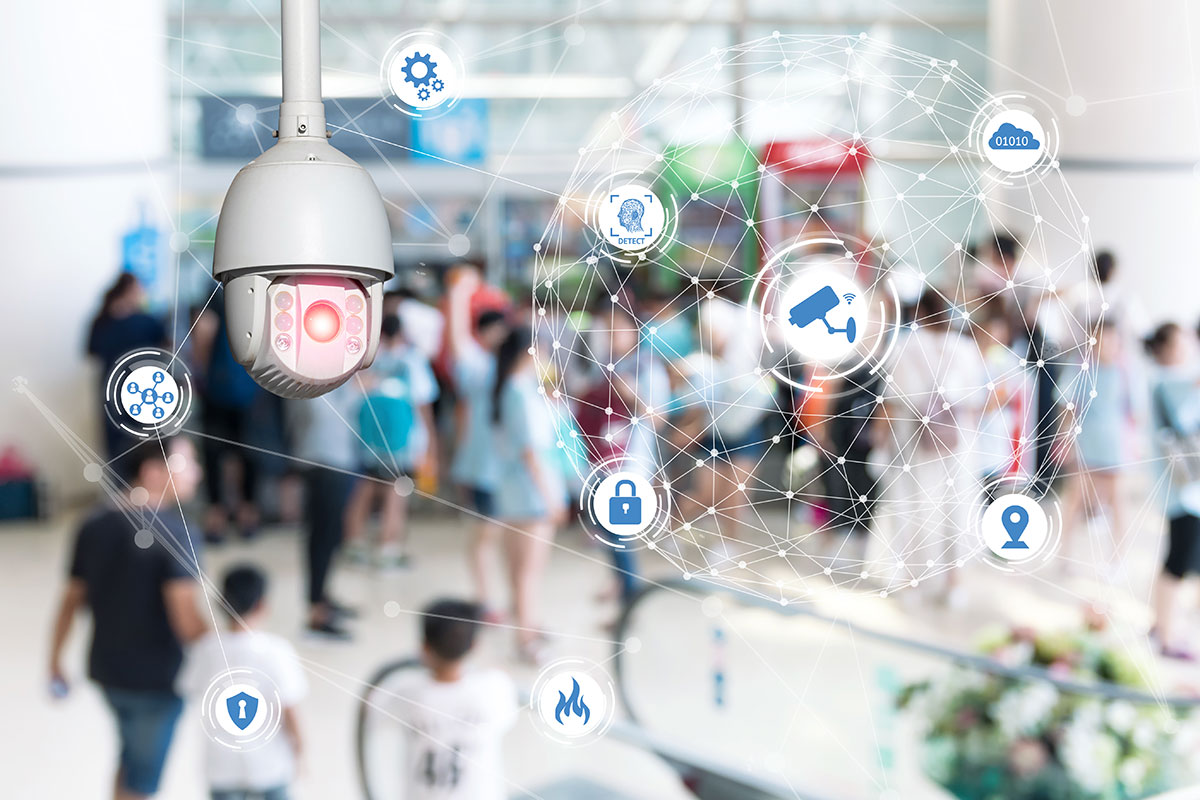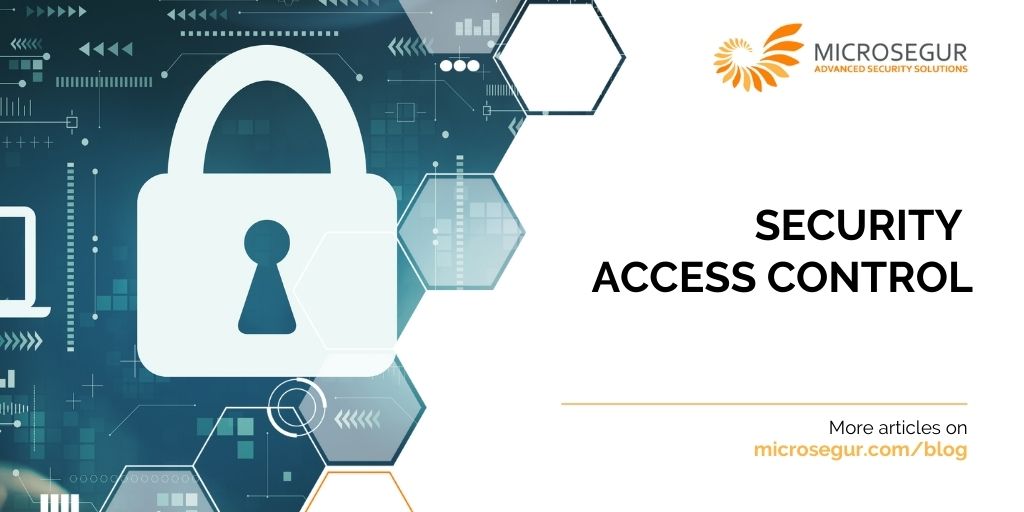One of the most important parts of security and surveillance systems is access control, as it allows controlling who can access certain areas or areas of the business. Implementing a good security access control system should be a priority for all companies that want to raise the level of protection of their material and human assets.
Next, we will talk about what security access control is, what types of security cameras can be implemented in your business and what are the main advantages it offers you.
What is security access control and what is it for?
Security access control is a combination of measures and technologies designed to limit and regulate access to specific areas or resources within an enterprise, building, or system. Its primary goal is to protect assets and information, as well as ensure people’s safety, by allowing only authorized access and restricting unauthorized access. A good design of an access control system must respond to three questions in each protected area. Who has access? When do you access? Where can you access?
These types of control systems are also very interesting to ensure control of the workers’ working hours, with a real-time management system that complies with current legal regulations.

What kind of access controls exist
We can divide the different types of access control into three different modalities.
Autonomous systems
These access control systems work independently, that is, they do not need to be connected to a central system. In general, they have a reader that is connected to a door or access, and that is responsible for managing the entry or exit of specific users.
Although this type of system is easy to implement and use, it usually falls short of meeting current security requirements (it does not record accesses and events that occur, or it does not allow access to be limited based on pre-established schedules).
Centralized systems
In these types of systems, there is electronic hardware that controls and manages multiple access points, they also normally have centralization software, which implies that all control points are interconnected and coordinated in their operations.
This is a type of implementation that provides greater efficiency and allows a more centralized management of accesses and events (a centralized record of all activities related to accesses can be kept at different points or areas of the business).
Distributed systems
With distributed systems, you have an environment for decentralized access control at different points or locations. Each of these points has its own control system and, although they are usually networked, they do not depend on a central system to operate independently.
This distribution is very interesting for companies and environments with multiple sites or separate locations, since it allows greater flexibility in access control.

What are access control technologies
Let’s see which are the technologies most used today in access control systems for companies:
- Keyboard access. This method requires entering a key on an alphanumeric keypad to open a gate or turnstile. Although it is a very easy system for the user to use, its level of security is not adequate (anyone who knows the password could access it).
- RFID cards. These cards use radio frequency technology to recognize presence and allow access. With this system, there is no physical wear when passing the card through a reader, since the reading is done by approximation between the card and the reader.
- Magnetic cards. They contain the access data recorded on a magnetic strip and are used instead of traditional keys. They are a very easy system to activate or deactivate, and allow efficient control, although today they are increasingly in disuse due to wear and/or card demagnetization problems.
- Fingerprint control. It is one of the most widely used biometric systems, as it is very fast and also offers a high level of security (the user gains access by validating their fingerprint with a specific reader).
- Face recognition. Another biometric technology that is increasingly popular in access control because it significantly increases the level of security, and because it implements a fast system to manage entrances and exits.
Access control by smartphone. These are systems with wireless communication protocols such as bluetooth or NFC for identification and access via mobile phones.
Why it is important to have a good access control verification service
Companies that opt for an efficient perimeter protection system need to have adequate access control. Let’s see what are the main benefits of implementing access control with an efficient verification service:
Control access in a personalized way
This type of service allows you to customize access to each area or entrance of the company. Different profiles can be configured so that users can only access those areas for which they have authorization.
In this way, people’s security level is raised (it prevents them from accessing risky areas) and the chances of being robbed are minimized.
Comply with regulations
With these control and verification systems, the legally established norms are complied with, such as, for example, the control of the working hours of the workers.
Improve trust and reputation
These types of systems increase the security of employees, customers and anyone who accesses the company, projecting a professional image on the business.
Having a modern and sophisticated system for security access control has become a priority for most companies today. If you need advice on this aspect or on any other security system, do not hesitate and contact us, we will offer you the best service on the market to guarantee that your business enjoys the highest level of security.



